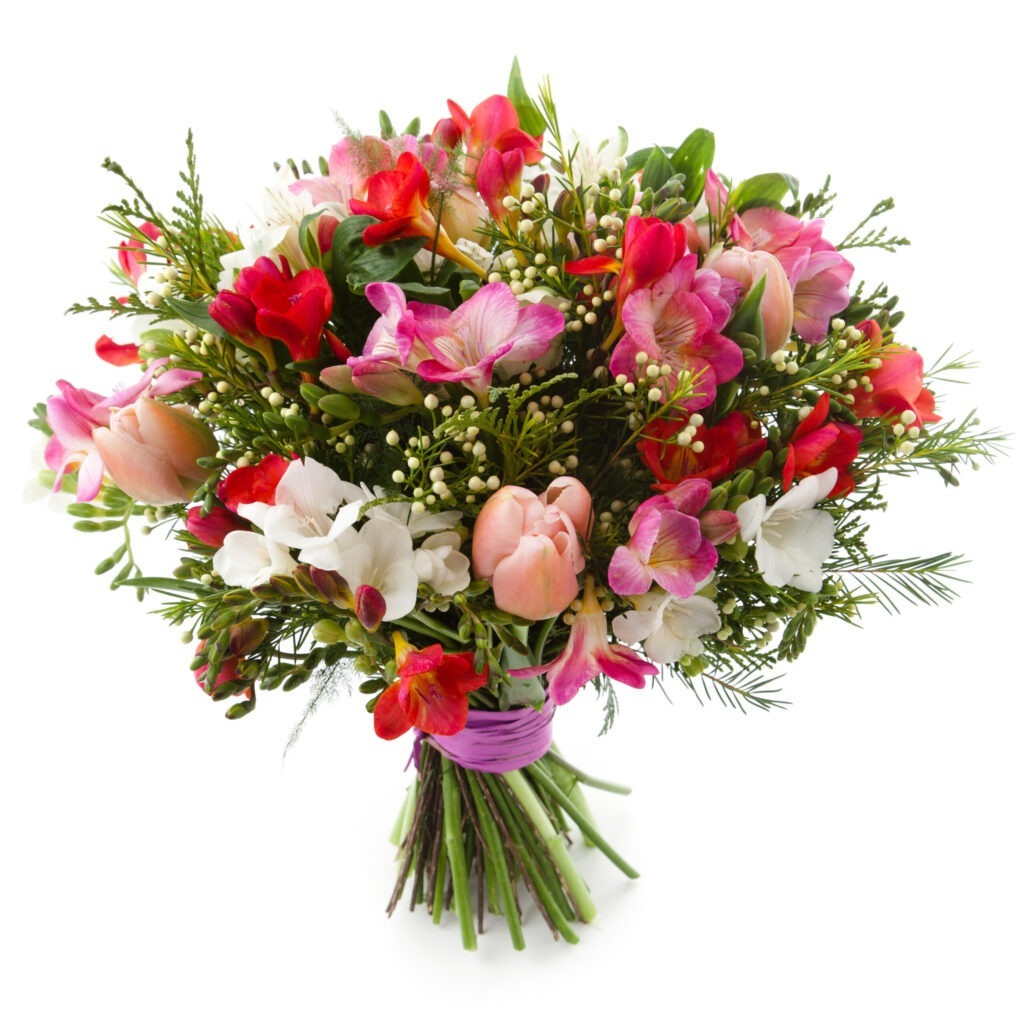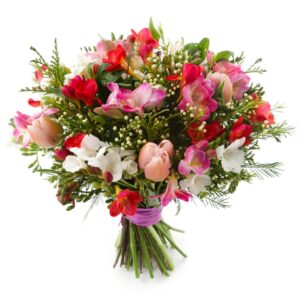Celebrating the Summer Solstice: For Us, the Longest Day of the Year!

Every June, the Northern Hemisphere experiences the longest day of the year—a moment marked by ancient rituals, bonfires, festivals, and quiet reflection. This day is known as the summer solstice, and while the exact date can vary slightly each year—falling on June 20 or June 21—its significance has remained timeless across cultures and generations. This year it lands on June 20 at 7:42 PST.
The summer solstice marks the point in Earth’s orbit when the North Pole is tilted closest to the sun. On this day, the sun travels its longest arc across the sky, giving us the most daylight hours of the year. In contrast, it marks the shortest day of the year for those in the Southern Hemisphere
The solstice has been celebrated for thousands of years. In ancient Europe, midsummer festivals were held with bonfires to ward off evil spirits and celebrate fertility and abundance. In Scandinavia, Midsummer (or Midsommar) is still a public holiday, complete with flower crowns, feasting, and dancing around maypoles.
While the summer solstice is the celebrated around the globe, it has a twin: the winter solstice, which takes place around December 21 in the Northern Hemisphere. On that day, we experience the shortest amount of daylight, marking the start of winter. Both solstices are astronomical bookends—one welcoming the warmth and fullness of summer, the other inviting reflection and rest in winter.
The summer solstice is more than a date on the calendar—it’s a celebration of the sun, the Earth, and our place in the universe. Take a moment this summer solstice to step outside, soak in the light, and reflect on the season ahead.
Wishing you a bright and meaningful solstice and a happy first day of summer!


















